John Dudley, 2nd Earl of Warwick, KB was an English nobleman and the heir of John Dudley, 1st Duke of Northumberland, leading minister and regent under King Edward VI from 1550–1553. As his father's career progressed, John Dudley respectively assumed his father's former titles, Viscount Lisle and Earl of Warwick. Interested in the arts and sciences, he was the dedicatee of several books by eminent scholars, both during his lifetime and posthumously. His marriage to the former Protector Somerset's eldest daughter, in the presence of the King and a magnificent setting, was a gesture of reconciliation between the young couple's fathers. However, their struggle for power flared up again and ended with the Duke of Somerset's execution. In July 1553, after King Edward's death, Dudley was one of the signatories of the letters patent that attempted to set Lady Jane Grey on the throne of England, and took arms against Mary Tudor, alongside his father. The short campaign did not see any military engagements and ended as the Duke of Northumberland and his son were taken prisoners at Cambridge. John Dudley the younger was condemned to death yet reprieved. He died shortly after his release from the Tower of London.
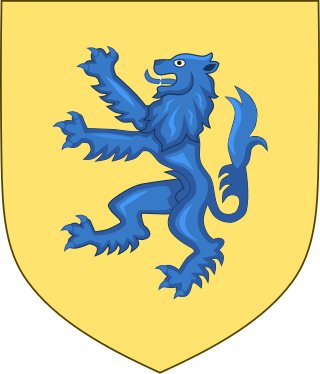
The Percy family is an English noble family. They were among the most powerful noble families in Northern England for much of the Middle Ages. The noble family is known for its long rivalry with the House of Neville, another family powerful in northern England during the 15th century. The Percy-Neville feud led into the Wars of the Roses, at the time known as the Civil Wars, in England.

Northumberland House was a large Jacobean townhouse in London, so-called because it was, for most of its history, the London residence of the Percy family, who were the Earls and later Dukes of Northumberland and one of England's richest and most prominent aristocratic dynasties for many centuries. It stood at the far western end of the Strand from around 1605 until it was demolished in 1874. In its later years it overlooked Trafalgar Square.

Hugh Percy, 1st Duke of Northumberland, was an English peer, politician, and landowner.
This is a list of the High Sheriffs of the English county of Northumberland. The High Sheriff is the oldest secular office under the Crown. Formerly the High Sheriff was the principal law enforcement officer in the county but over the centuries most of the responsibilities associated with the post have been transferred elsewhere or are now defunct, so that its functions are now largely ceremonial. The High Sheriff changes every March.
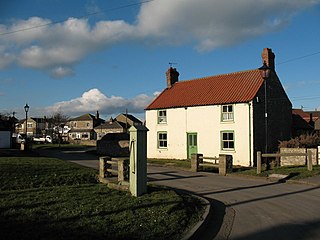
Snape is a large village in the civil parish of Snape with Thorp in North Yorkshire, England, located about 3 miles (5 km) south of Bedale and 3 miles (5 km) west of the A1(M) motorway, it has a population of 350. Nearby is Thorp Perrow Arboretum. The name is Old Norse for a boggy tract of uncultivated land.
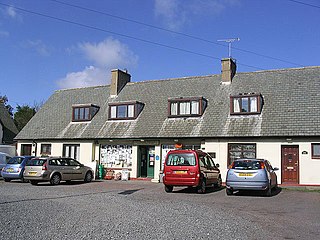
Swarland is a small modern village and former civil parish, now in the parish of Newton-on-the-Moor and Swarland, in the county of Northumberland, England, situated about 7 miles (11 km) south of the market town of Alnwick and 25 miles (40 km) north of the city of Newcastle upon Tyne. In 1951 the parish had a population of 368.
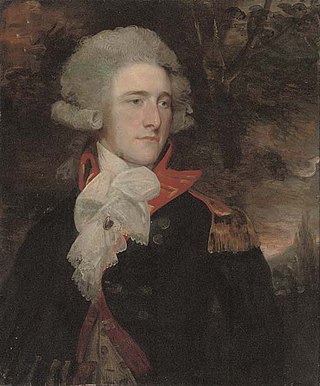
Thomas Henry Liddell, 1st Baron Ravensworth, known as Sir Thomas Liddell, 6th Baronet, from 1791 to 1821, was a British peer and Tory politician.

JoscelinePercy, 11th Earl of Northumberland, 5th Baron Percy, of Alnwick Castle, Northumberland and Petworth House, Sussex, was an English peer.

Markeaton Park is a large public park located in Markeaton, Derby, 207 acres in size. It attracts one million visitors a year, making it one of the most visited parks in the East Midlands. Markeaton Park is an important part of Derby history, which was sold to the Mundy family in 1516. The Mundy family gave Markeaton Park to Derby City Council in the early 20th century, who now provide facilities and events throughout the year.

John Clerk of Middlebie (1790–1856) was a Scottish advocate and father of the mathematical physicist James Clerk Maxwell.

Isobel Jane Miller Percy, Duchess of Northumberland, is a British aristocrat and businesswoman. She has served as Lord Lieutenant of Northumberland since 2009, and is best known for redeveloping the Alnwick Garden at Alnwick Castle. She is the first woman to serve as Lord Lieutenant of Northumberland. Her husband, Ralph, is the 12th Duke of Northumberland.

John Lidell Cay FRSE PRSSA was a Scottish advocate, pioneer photographer and antiquarian. He served as the Sheriff of Linlithgowshire 1822–65. He was the maternal uncle of James Clerk Maxwell.
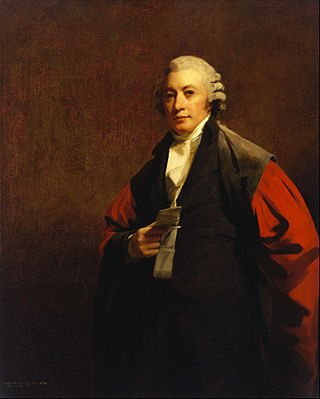
Robert Hodshon Cay FSSA LLD was Judge Admiral of Scotland overseeing naval trials. He was husband of the artist Elizabeth Liddell, father of John Cay FRSE and maternal grandfather of James Clerk Maxwell.

Elizabeth Liddell, later Mrs. Robert Hodshon Cay, was an amateur British artist specialising in pastel portraits. She was wife of Robert Hodshon Cay, mother of John Cay, mother-in-law of John Clerk-Maxwell of Middlebie and grandmother of James Clerk Maxwell.

Prested Hall is a country house in Feering, Essex. It was built in the fourteenth century for the Weston family and passed through several notable families over the next six hundred years. Now Prested Hall is a Boutique Wedding and Events venue with Elemis SPA, Health Club, 20-bedroom accommodation, and Real Tennis & Padel Tennis. It is probably the only hotel in the world with 2 courts of Real tennis, the original game of tennis whose origins can be traced to the 14th century. It is a Grade II listed building.

Robert Vernon Atherton Gwillym (c.1741–1783) was a British country landowner and politician who sat in the House of Commons from 1774 to 1780.
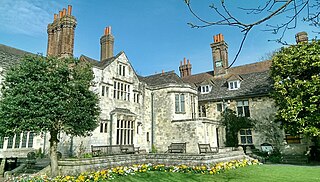
Southover Grange in Lewes, Sussex is a house of historical significance and is Grade II* listed on the English Heritage Register. It was built in 1572 by William Newton and owned by this family for the next three hundred years. After this it was the residence of many notable people until it was bought by the local Council in about 1945. Today it is owned by the East Sussex County Council. It now houses the Lewes Register Office which provides Marriage Ceremony Packages, civil partnerships and citizenship ceremonies. The gardens host events from local theatre to beer an gin festivals.
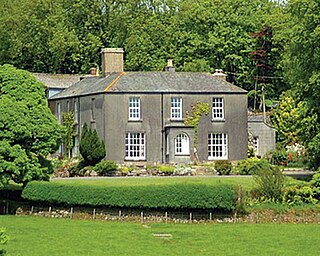
Burnville House in Brentor, West Devon, England, is a building of historical significance and is Grade II listed on the English Heritage Register. It was built in about 1800, possibly by William Sleman, who was a wealthy landowner and described as "a gentleman". It was the home of several notable families over the next two centuries. Today it provides bed and breakfast accommodation and has self-catering cottages.
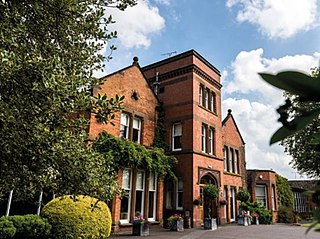
The Woodside Hotel is a building of historical significance in Kenilworth, Warwickshire, England. It was the residence of several notable people from about 1860 including William Sands Cox. Today it is a hotel which offers accommodation, restaurant facilities and caters for special events.




















